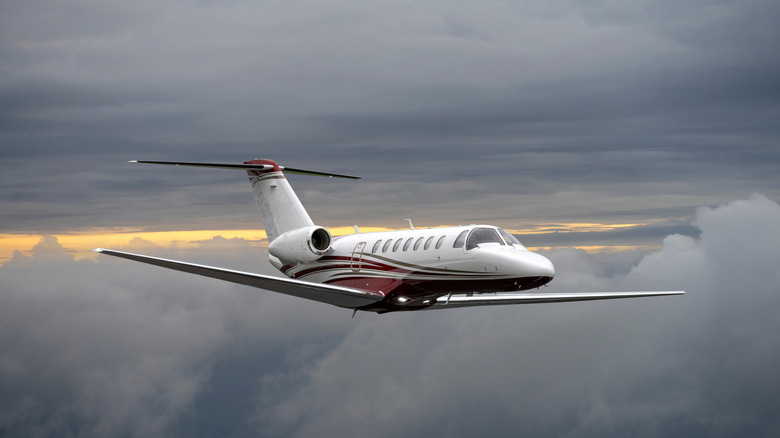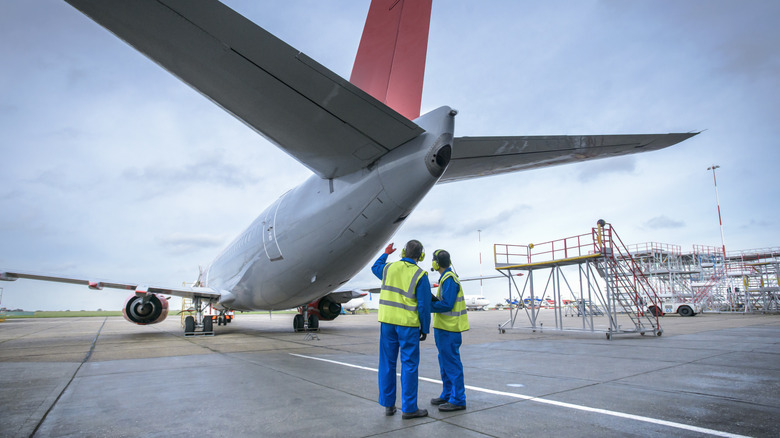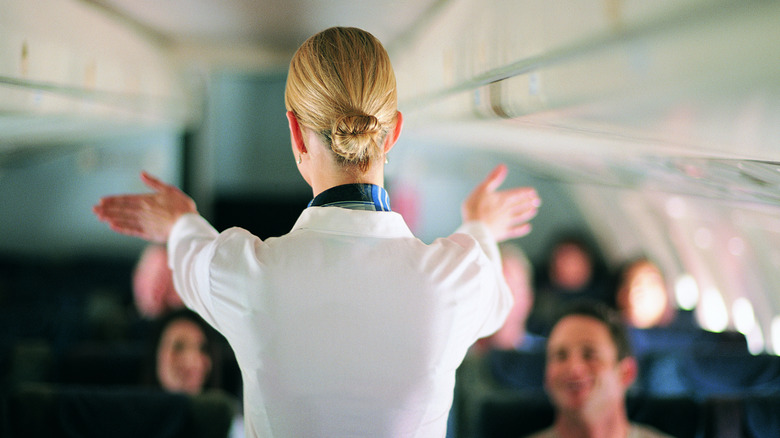Do Private Jets Crash More Often Than Commercial Aircraft?
Recent incidents involving commercial and general aviation flights has made aviation safety a major concern for many travelers. A tragic plane-helicopter crash in Washington, D.C., sparked big questions from experts, and other incidents in the air and on the ground have flyers nervous. Google searches for "is flying safe?" have spiked in the early months of 2025, although crashes aren't more common. January and February usually see about 20 fatal accidents each across all categories of U.S. civil aviation, while the National Transportation Safety Board (NTSB) reported only 23 total accidents through the first three months of 2025. This includes an incident on March 29 when a small aircraft traveling from Iowa to Minnesota crashed into a house in a Minneapolis suburb, killing at least one person. The total number of monthly crashes has also dipped compared to the previous year, with January 2025 seeing 67 (compared to January 2024's 80) and February 2025 documenting 78 compared to 2024's 93.
The total through March 30, 2025 is 8, which is down more than 100 from the previous March. The highly-publicized recent incidents have many people wondering if private flights are more dangerous than commercial ones, and this is indeed the case. CNN reported that between a Buffalo crash in 2009 that killed 49 commercial passengers and the summer of 2024, only 5 additional people had died on commercial flights. In that same span, almost 300 people were killed in private jet accidents, and 5,500 fatalities were recorded for all general aviation flights. That broad category covers a range of activity including media and law enforcement flights, medical transport, recreation, search and rescue, and pilot training. There are several reasons why private flights are more dangerous than commercial ones.
Commercial flights are more tightly regulated
After the incidents earlier in 2025, former NTSB managing director Peter Goelz explained to The Guardian that commercial flights undergo stringent regulatory oversight to ensure that air transport is safe for large numbers of passengers. "Commercial aviation is a profoundly safe way to move large numbers of people, and it gets safer every year," he explained. On the other hand, general aviation flights are still partially regulated by the FAA but are subject to more relaxed operational measures. Private and general aviation pilots usually don't have the same level of experience as their commercial counterparts, since they fly less often and on shorter routes.
This logic was echoed by Kenneth P. Byrnes, chair of the flight training department at Embry-Riddle Aeronautical University, in a 2024 interview with Connecticut Insider. Per Byrnes, commercial airlines must meet rigorous certification and oversight requirements set by the Federal Aviation Administration (FAA). Meanwhile, private aircraft operate under a different set of guidelines. Danbury Municipal Airport administrator Michael Safranek added that commercial pilots have far more rigorous training compared to private pilots and go through continuous training, medical evaluations, and simulator tests during their careers.
National Safety Council (NSC) data shows that in 2022, there were only 0.006 fatal accidents per 100,000 flight hours on commercial airlines. Meanwhile, general aviation experienced a rate of 0.945 fatal accidents per 100,000 flight hours. That means you're over 150 times more likely to die on a general aviation flight compared to commercial.
All flights have gotten safer over the years
Considering the recent high-profile crashes, it's understandable for many people to question if airplanes are still the safest way to travel. It's also justifiable that the safety of private jets is being examined amid discussions on aviation regulations. Based on statistical data, however, the safety of both commercial and private aircraft has improved significantly over the years. According to the NSC, there's actually been a steep decline in commercial airline accidents since 1997. Although general aviation's improvements have come in more recent years, those gains are also significant. The Aircraft Owners and Pilots Association found that fatal accidents in general aviation dropped from 242 in 2012 to 202 in 2021. That brought the general aviation accident rate down from 5.75% to 4.28% — an improvement of more than one fourth.
This suggests that advancements in safety systems and improved pilot education have positively impacted accident rates of private flights, albeit at a slower rate compared to commercial aviation. These improvements could also be attributed to better aviation technology, including enhanced avionics and autopilot systems that aid pilots in challenging conditions. Larger aircraft, particularly commercial airliners, benefit from advanced weather-avoidance technology and more robust safety-related redundancies. According to Jeffrey Edwards, president of AvSafe and a former U.S. Naval Safety Center investigator, large commercial planes can also fly above hazardous weather conditions that smaller aircraft might struggle to navigate.


